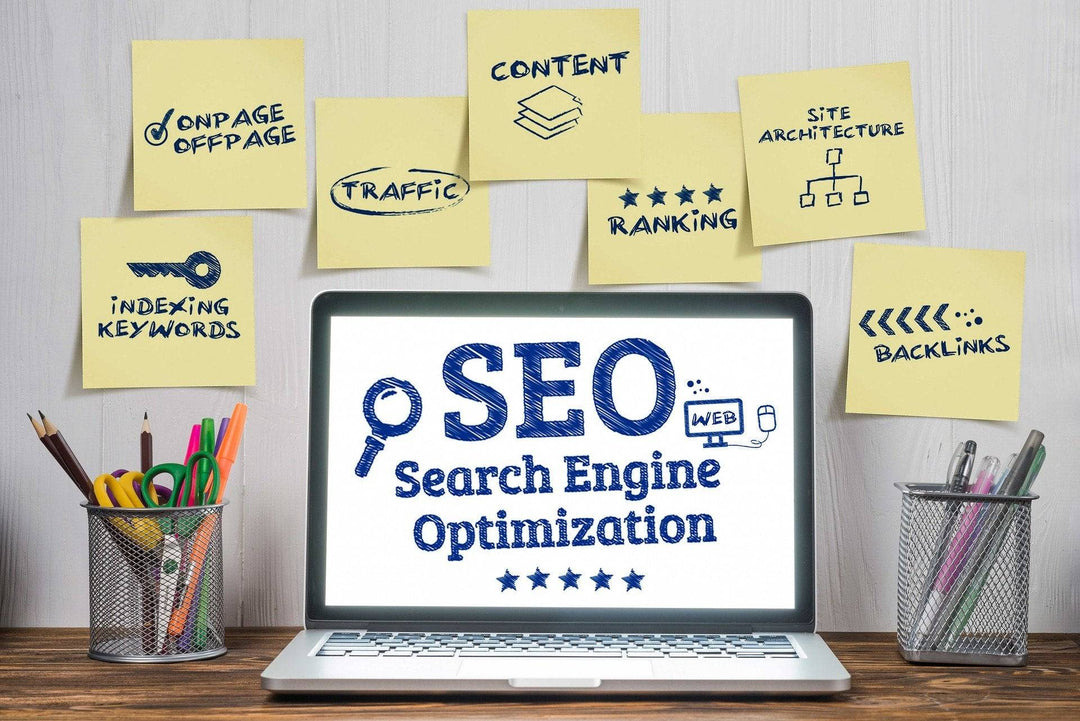Frequently Asked Questions
1. What is Shopify Analytics?
2. How can Shopify Analytics improve eCommerce SEO?
3. What are some key performance indicators (KPIs) to track with Shopify Analytics?
4. How can I leverage Shopify Analytics for improved sales?
5. Why is it important to integrate analytics with your overall business strategy?
In today’s fast-paced digital marketplace, understanding your customers and their buying behavior is crucial for success. One of the most effective ways to gain these insights is through Shopify Analytics. This powerful tool provides you with invaluable data that can drive your eCommerce decisions and ultimately improve your sales. In this article, we’ll explore how to make the most out of Shopify Analytics to enhance your eCommerce SEO and maximize the performance of your Google Shopping Ads.
What is Shopify Analytics?
Shopify Analytics is a built-in feature of the Shopify platform that allows store owners to access a plethora of data regarding their store performance. From sales reports to customer behaviors, this tool collects and organizes vital information that retailers can use to strategize and improve their operations.
Key Features of Shopify Analytics
- Dashboard Overview: The dashboard gives you a snapshot of your store's performance with key metrics like sales, traffic, and conversion rates.
- Sales Reports: Detailed breakdowns of sales over time, products sold, and customer insights.
- Customer Behavior Insights: Understand how visitors navigate your store, what products interest them the most, and where they drop off in the sales funnel.
- Marketing Reports: Track the performance of various marketing channels, including email campaigns and Google Shopping Ads.
Why Analyzing Data is Crucial for eCommerce SEO
Effective eCommerce SEO is not just about optimizing your web pages. It involves a holistic understanding of how your store operates and what attracts your customers. By analyzing data from Shopify, you can:
- Identify keywords that are driving traffic to your site.
- Understand customer demographics and behaviors, allowing for better-targeted marketing strategies.
- Measure the performance of your product descriptions and blog content to optimize them further.
Tracking Your Key Performance Indicators (KPIs)
In order to utilize Shopify Analytics to improve your eCommerce SEO, it is essential to track key performance indicators (KPIs). Here are some KPIs to keep an eye on:
- Traffic Sources: Identify where your visitors are coming from—this could include search engines, social media, or direct traffic.
- Conversion Rate: Track the percentage of visitors that make a purchase. A high conversion rate often indicates effective product pages and marketing efforts.
- Average Order Value (AOV): Monitor how much customers are spending on average. This information can guide your upselling and cross-selling strategies.
How to Leverage Data for Improved Sales
Now that you have a better understanding of Shopify Analytics and its key features, it’s time to discuss how to leverage this data for improved sales.
1. Optimize Product Listings
One of the best ways to increase sales through Shopify Analytics is to analyze your product listings. Use the insights from your sales reports to determine which products are performing well and which ones are not. Here’s how you can optimize:
- Update product descriptions to include high-ranking keywords related to eCommerce SEO.
- Enhance product images and ensure they are of high quality to attract more customers.
- Utilize customer reviews and ratings to build trust and credibility around your products.
2. Refine Your Marketing Strategies
Data from Shopify also offers insights into your marketing campaigns, especially if you’re running Google Shopping Ads. Track the performance of your ads to understand which ones are yielding the best ROI.
- Adjust your ad budgets towards the campaigns that are performing well.
- A/B test different ad creatives and keywords to optimize your advertising strategy.
- Schedule your ads to run at times when you notice a spike in traffic and conversions.
3. Personalize Customer Experiences
Understanding your customers is key to retaining them. By analyzing customer behavior, you can create personalized shopping experiences:

- Use customer segmentation to target specific groups based on their behaviors and preferences.
- Implement loyalty programs or special promotions for repeat customers to improve customer retention.
- Send personalized emails to customers about new products or special offers based on their browsing history.
Capitalizing on Google Shopping Ads
Google Shopping Ads have become a crucial part of many retailers' marketing strategies. To make them work effectively for your Shopify store, consider the following:
Setting Up Google Shopping Ads
The integration of Google Shopping Ads with Shopify allows you to easily advertise your products directly on Google. Follow these steps to set up:
- Link your Shopify store to Google Merchant Center.
- Upload your product feed to ensure all your products are displayed in Google Shopping.
- Create your Google Ads account and link it to your Merchant Center account.
Optimizing Your Google Shopping Ads
Once your Google Shopping Ads are set up, optimization is key. Here are a few strategies:
- Use high-quality images that showcase your products effectively.
- Write clear, concise, and compelling product titles and descriptions that incorporate relevant SEO keywords.
- Monitor your ad performance within Shopify Analytics and adjust bids and budgets accordingly.
Maximizing Your ROI with Data-Driven Decisions
Being data-driven in your decision-making improves your overall eCommerce strategy. The insights gained from Shopify Analytics should guide you in making informed decisions about inventory, marketing, and customer engagement. Regularly analyze your data to stay ahead of the trends and shifts in consumer behavior.
Continuous Testing and Improvement
In the world of eCommerce, what works today may not work tomorrow. Continuous testing and improvement are essential. Here’s how to ensure your Shopify store remains competitive:
- Regularly review your analytics to identify trends over time.
- Test different marketing tactics using A/B testing to see which yields the highest conversion rates.
- Solicit customer feedback to gather insights into their shopping experience and preferences.
Integrating Analytics with Your Overall Strategy
Utilizing Shopify Analytics shouldn't be an isolated function; it must be integrated into your overall business strategy. Ensure that all team members understand the importance of data and encourage a culture of data-driven decision-making. This will empower your team to always optimize and adapt in the ever-changing eCommerce landscape.
The Future of eCommerce with Data Insights
The future of eCommerce is undoubtedly data-driven. Those retailers that harness the power of platforms like Shopify Analytics will have a significant advantage over their competitors. From enhancing your eCommerce SEO to optimizing Google Shopping Ads, the opportunities are vast and beneficial. Stay proactive, keep refining your strategies, and leverage analytics to pave your path towards greater sales and growth.
By embracing the power of Shopify Analytics, you’re not just working with numbers—you’re crafting a roadmap to success that can propel your business to new heights. This journey of insights and data is your ticket to mastering the art of growing sales in the eCommerce arena.






Leave a comment